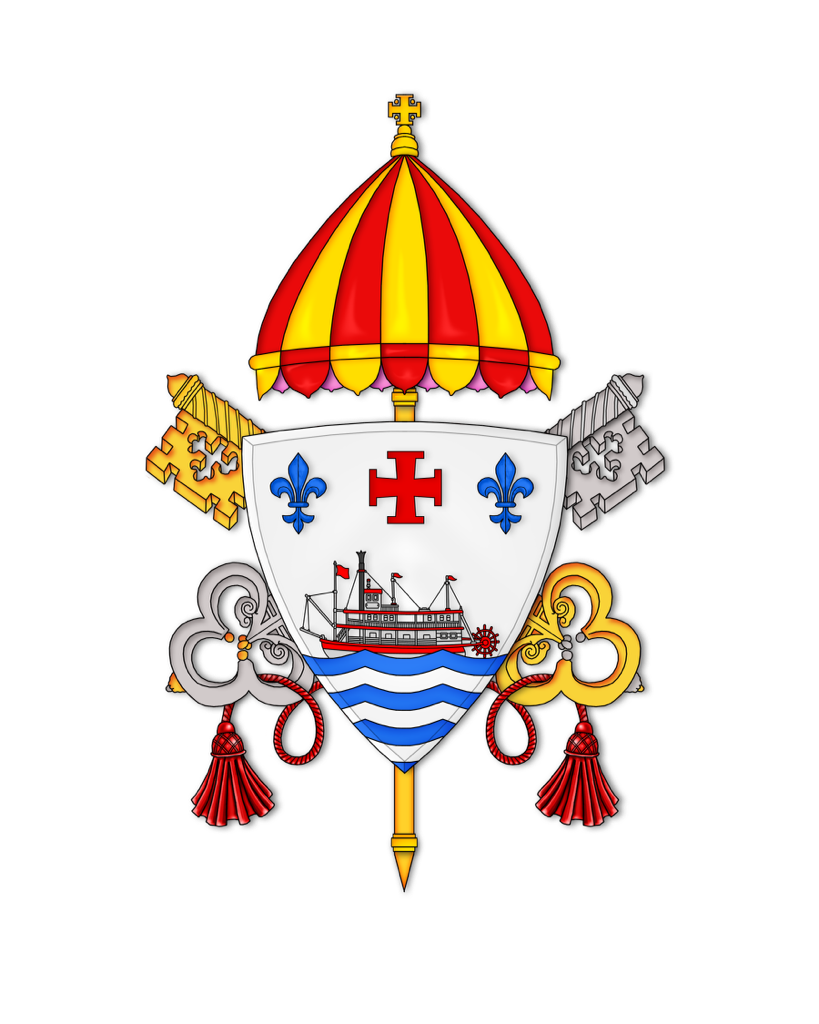Saint Thomas Aquinas
Feast Day January 28
By Sam Tumminello, Jr
The sum of the efforts of Saint Thomas Aquinas span a spectrum of Catholicism, Christianity, and the ideas, notions and virtues that define the structure of Western Civilization. Few others, secular or religious, can claim such a total effect upon the discourse of the world.
Born to Neapolitan nobility and a knight in the service of King Roger II of Sicily in 1225, Thomas grew up in the Lazio region in Italy then called Aquino. While his brothers followed their father into military service, Thomas was encouraged from a young age to join the ministry, particularly the Benedictine order. However, after starting his education in Naples, Thomas became more interested in the newly formed Dominican order. At nineteen, he resolved to become a Dominican, upsetting his family to the point that they staged a kidnapping of the teenaged Thomas as he traveled to Rome to take his vows. Held in house arrest by his family for a year, Thomas demonstrated his resolve in his decision by remaining in contact with the Dominican order, tutoring his sisters, and according to legend driving away a hired seductress with a fire poker. His mother having orchestrated the kidnapping finally relented and allowed Thomas to “escape”. After achieving membership in the Dominicans, Thomas was first sent to the University of Paris in 1245 to further his education. Quiet, introspective and unassuming in appearance, Thomas was mocked by his peers as being a “dumb ox”. Thankfully, his teacher Albert Magnus, another profound if lesser known scholar-cleric, recognized Thomas’s potential and brought Thomas along to the newly opened university in Cologne in 1248. There Aquinas taught the Old Testament as an apprentice professor beginning the saint’s long career as a professional educator, scholar and writer.
Saint Thomas’s life from thence to his death on March 7, 1274, as such can be superficially described as somewhat dull. Thomas was not a missionary or martyr depriving his biography of much of the action that many other saints’ lives hold. Indeed, this very fact was brought up Vis a Vis in his canonization determination when a scrutinizer noted, critically, that Thomas Aquinas had no miracles attributed to him. A cardinal’s retort stands true as it did then: the miracles of Thomas Aquinas’s life are in his writings.
Of his writings, Saint Thomas Aquinas most gained his legendary status with his quintessential work, Summa Theologica. In it, Saint Thomas writes with an Aristotelian philosophy and Christian theology to provide timeless explanations of God, man, morality, law and the common application of such in life. The space here cannot do justice to the majesty of the ever relevant and referenced Summa Theologica. It can only be experienced.
In the window of Saint Thomas Aquinas, he has the Holy Spirit (dove) speaking into his ear for his writings were divinely guided. He has a sun on his chest which depicts his bright intellect, as well as, divine light which inspired his works. The book and pen emphasize he was an author.
Return to The Saints of the Basilica

Memory of Bishop Heslin
Stain glass window in St. Mary Basilica
The Basilica of Saint Mary
105 South Union Street
Natchez, MS 39120

Church Office @Family Life Center
613 Main Street
Natchez, MS 39120
601.445.5616 | Email